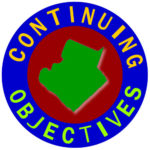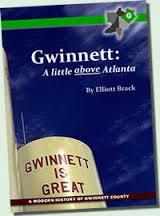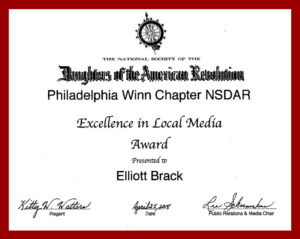By Elliott Brack
Editor and Publisher, GwinnettForum
FEB. 14, 2025 | Attending a city council or county commission meeting can be mighty boring and long if not run well. You are usually surprised at the extent of the agenda. Meetings can run three hours or more, covering many subjects, and hearing from not only the elected officials, but from local citizens with their individual input.
![]() While some elected bodies run well and efficiently, others do not. Yep, they can be pretty boring and long-drawn-out.
While some elected bodies run well and efficiently, others do not. Yep, they can be pretty boring and long-drawn-out.
Yet such meetings can be run efficiently if that body employs certain proven techniques. Some bodies employ a “consent agenda.” For the Gwinnett County Commission, that device was first introduced at the county level when Lillian Webb became its chairman back in the 1980s. She had previously employed the consent agenda when mayor of Norcross.
Here’s the definition: “A consent agenda is a group of routine, non-controversial items that are voted on together without discussion. It’s a tool that can help board meetings run more efficiently and productively.”
Using the consent agenda usually means a shorter meeting. When working properly, it also shows that the members of the group are working together well and want to move the meeting on, though they may sometimes disagree.
Here’s how a meeting would employ the consent agenda. The body would:
- Create a policy: Establish criteria for what items can be included in the consent agenda.
- Distribute materials: Send materials to board members in advance so they can review the items.
- Vote on the package: At the group’s convening, the entire consent agenda is voted on as a single package, unless a board member requests to remove an item.
What would be the benefits of adopting this consent agenda? First, it allows the board to approve routine items quickly. This frees time for more in-depth discussion of other matters.
Groups using consent agendas must make sure that all its members understand how the process works. First, someone on the staff or one of the members itself, must list the items on the agenda that are proposed to be approved by consent. That’s so that members of the body can object to a particular item on the consent agenda, and ask that it be placed on the regular agenda for full discussion. In normal working, this is essential, for each body member must have the ability to remove an item(s) easily from the consent agenda, or else the body will be fighting within itself.
A majority of the cities of Gwinnett use consent agendas in most of their deliberations. In discussion with one Gwinnett city that uses the consent agenda, we learned that 50-75 percent of the agenda items are related to consent.
A consent agenda is not limited to governmental bodies. But for sure, each member of any group employing this form of running a meeting must make sure that all members of the body fully understand how it works, and why it is in use.
The key point is timeliness. Why spend valuable time on many, many elemental and non-controversial subjects, when they can be handled with dispatch through the consent agendas?
This is no attempt to limit debate, or to silence anyone. A consent agenda merely moves the meeting along speedily making a more efficient deliberation.
- Have a comment? Click here to send an email.









Follow Us